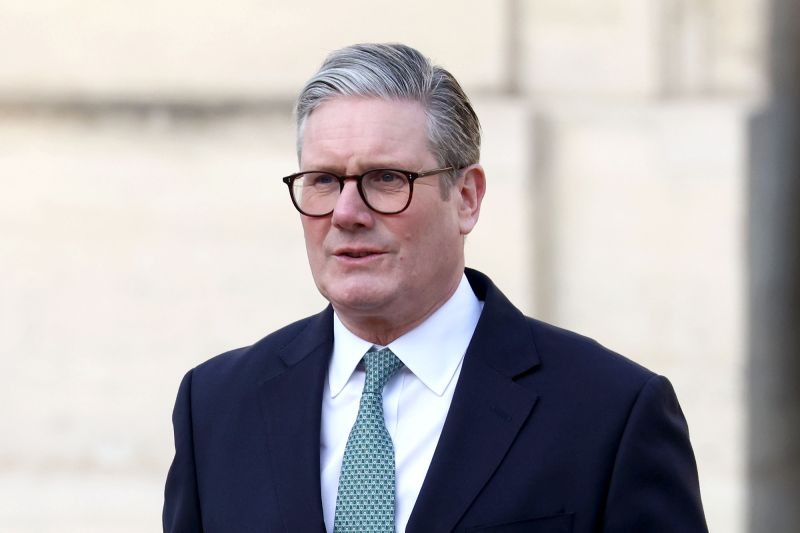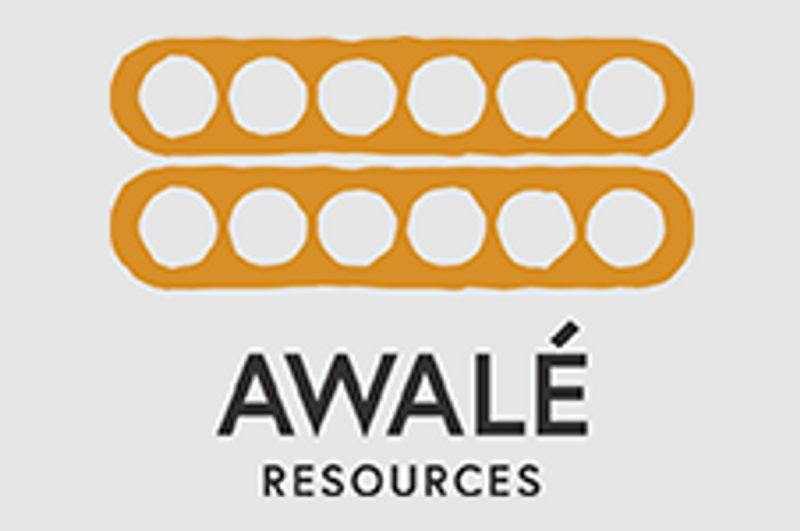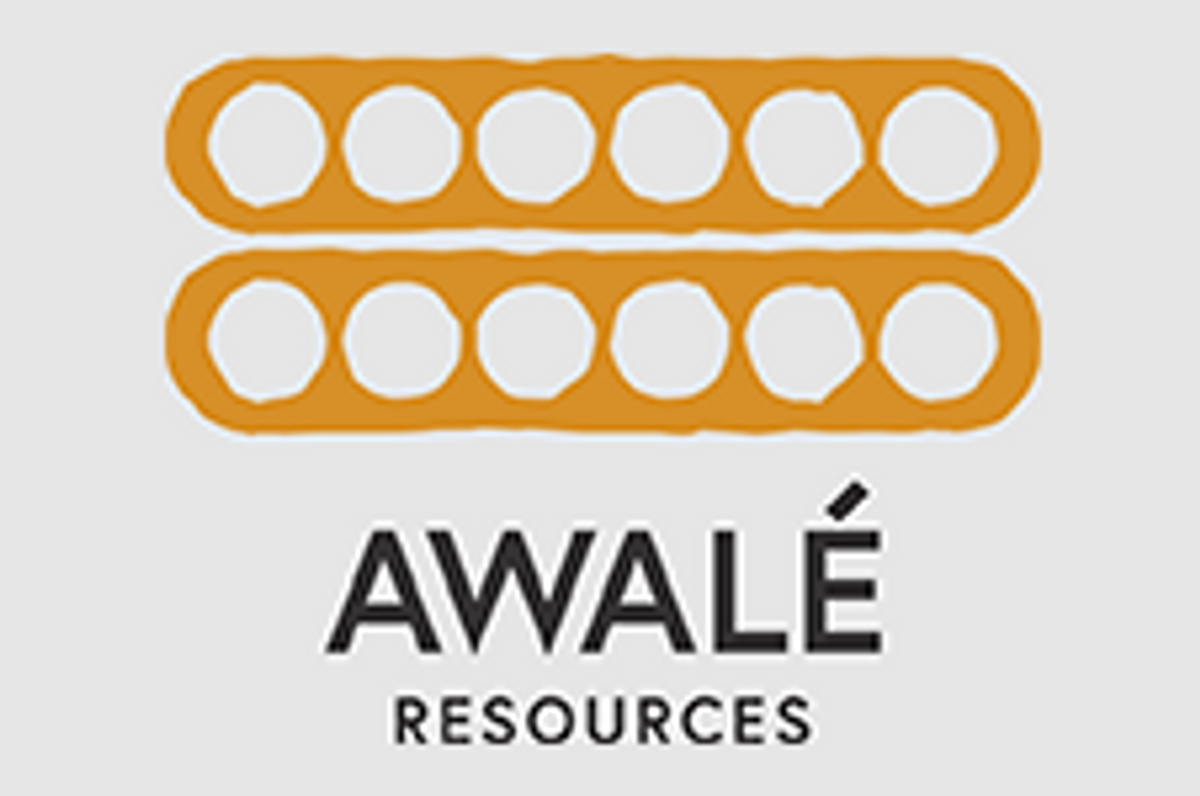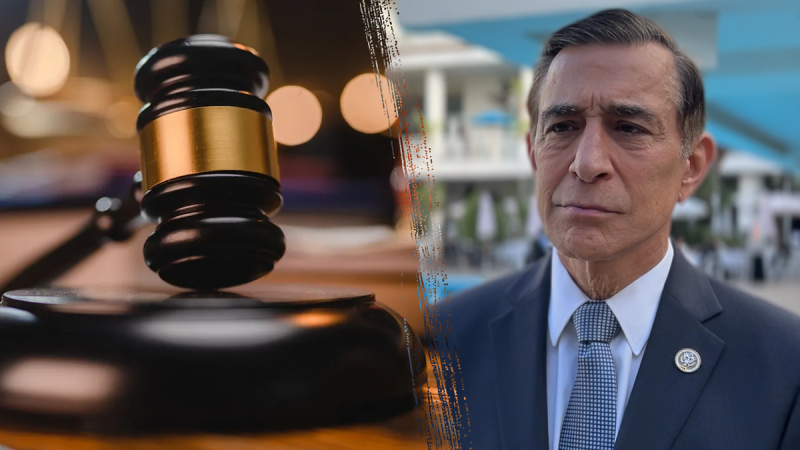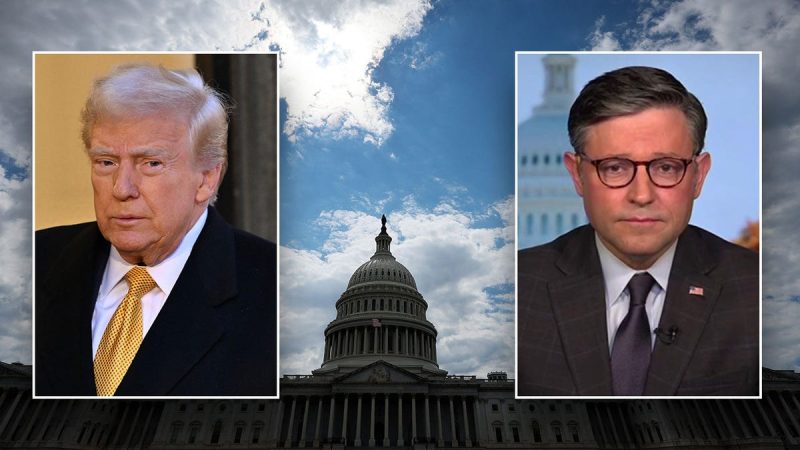
The outrage over $2 billion being handed to a Stacey Abrams-related start-up by the defeated Joe Biden administration is justified. But it is not surprising. Climate spending by the Biden White House was always political.
In 2022, President Joe Biden tapped long-time Democrat operative John Podesta to oversee the disbursement of $375 billon to climate-related initiatives – monies that were included in the dishonestly named ‘Inflation Reduction Act.’ Those funds were supposed to be spent on projects that would drive the country towards Democrats’ goal of a 40% reduction in carbon output below 2005 levels by 2030.
In reality, the funds set up a gigantic slush fund within the White House, available to Podesta as he set about boosting Democrats’ prospects in 2024. When Podesta was appointed, Gina McCarthy, Biden’s domestic climate adviser, left the White House. Perhaps she declined to turn what was meant to be an important tool against climate change into a political magic wand.
The left-leaning media tried to prettify the Podesta appointment. The New York Times called him a ‘veteran Washington insider who spearheaded the Obama administration’s climate strategy,’ but also highlighted Podesta’s political credentials, which included serving as Bill Clinton’s chief of staff, Hillary Clinton’s 2016 campaign chair and founder of the Center for American Progress, a leftist think tank. Likely most relevant was that Podesta was brought in to ‘help salvage a difficult second term for President Barack Obama’; in 2022, with Biden’s approval ratings collapsing, Podesta was brought out of retirement for another rescue mission.
In August 2024, the White House put out a fact sheet touting its accomplishments, citing in particular ‘over $265 billion in clean energy investments.’ But the purpose of those investments was not limited to cleaning up the air or reducing our dependence on fossil fuels.
The White House reported that, ‘According to Treasury Department analysis…75% of private sector clean energy investments have flowed to counties with lower than median household incomes…’
They declared that, ‘the Inflation Reduction Act is the largest investment in environmental justice in history.’ Investments targeted communities ‘with below average wages, incomes, employment rates, and college graduation rates…’
Some of the recipient areas were purportedly chosen to offset damage done by closing coal mines, for instance, to replace jobs lost in the energy transition. But a map indicates that many toss-up states and counties were also teed up to receive benefits.
Are these counties heavily minority and therefore especially important to Democrats? Were they useful in picking up votes? Certainly, investing in Arizona, Nevada, Michigan and numerous other states cited on a map provided by the government suggests their ability to pick and choose.
Did they do that? We cannot say for certain, but given Podesta’s hand on the tiller we would assume the beneficiaries of the IRA were carefully chosen for their political benefits.
A project called Solar for All advances similar goals, part of Biden’s ‘Justice40 Initiative,’ which determined that 40% of certain federal climate and clean energy investments flow to ‘disadvantaged communities that are marginalized by underinvestment and overburdened by pollution.’
You get the point, as Podesta hoped that voters would as well. When the White House touted multi-billion-dollar solar investments including the Libra Solar Project in Nevada, a critical swing state, two months before last year’s election, it was not an accident.
Of course, it wasn’t just building out solar projects or handing out tax credits that Podesta orchestrated. The push for EVs arguably soured a great many autoworkers on Biden’s climate agenda, which required Detroit automakers to effectively abandon making profitable and popular cars in favor of turning out EVs. To compensate, and retain his endorsement from the UAW, critical in swing-state Michigan, the Biden White House scurried to prop up the industry.
In July last year, the administration announced a $334.8 million investment to convert Stellantis’ Belvidere, Illinois Assembly Plant to build electric vehicles and components. So fragile was the EV project that the Department of Energy gave $1.7 billion to convert 11 auto plants in 8 states to keep them afloat.
Despite their best efforts, the White House was unable to burn though $375 billion, which brings us to former Georgia State Rep. Democrat Stacey Abrams. Leaked video from Project Veritas revealed an adviser to the EPA saying that Biden’s apparatchiks were so worried that President Trump or Congress would demand the return of unspent monies that they shoveled what remained out the door, characterizing the frenzied dispersal of funds as throwing ‘gold bars off the Titanic.’
The EPA consultant, Brent Efron, says that typically his department had been putting ‘the proper processes in place to prevent fraud and prevent abuse,’ but were frantically tossing money to tribes, nonprofits and states ‘because it was harder if it was a government-run program, they could take the money away, if Trump won.’
One of those gold bars landed in the lap of a start-up organization tied to Stacey Abrams, the twice-failed candidate for Georgia governor and persistent election denier. The nonprofit, Power Forward Communities, was the brainchild of several left-wing pro-Biden groups; in 2023, it reported revenues of exactly $100. Abrams is senior counsel at Rewiring America, one of the founding groups, and has boasted of her support for the Power Forward initiative.
Zeldin, in an interview about the funds, said, ‘When we learned about the Biden Administration’s scheme to quickly park $20 billion outside the agency, we suspected that some organizations were created out of thin air just to take advantage of this.’ It seems he was correct.
Twenty billion dollars is an enormous amount of money. The fact that the Biden White House purposefully ‘hid’ and likely misused those funds and more, demands investigation. Zeldin said in a video posted on X, ‘The days of irresponsibly shoveling boatloads of cash to far-left activist groups in the name of environmental justice and climate equity are over.’
Let us hope so.








